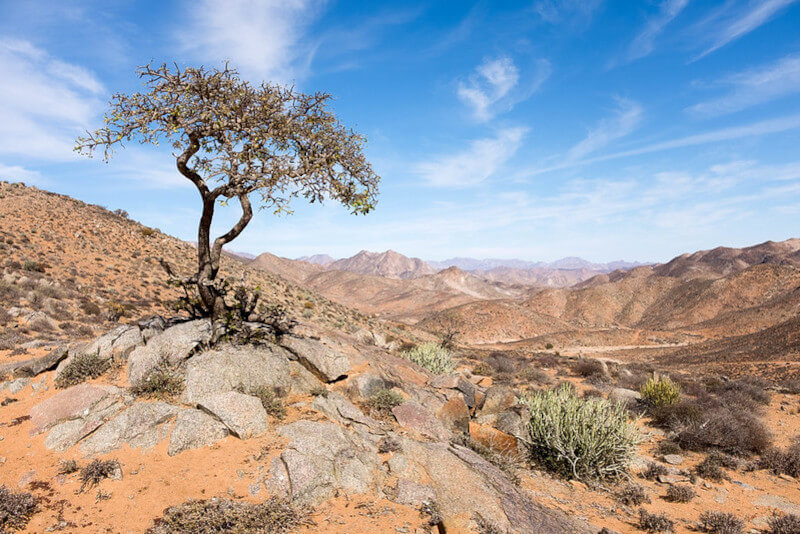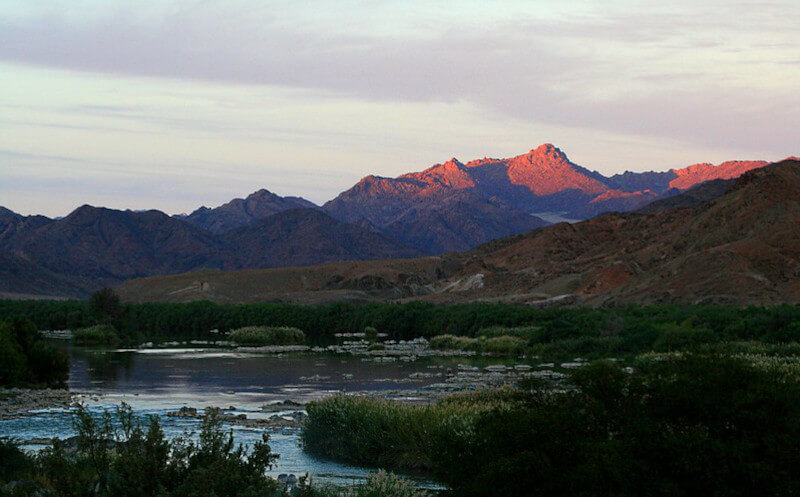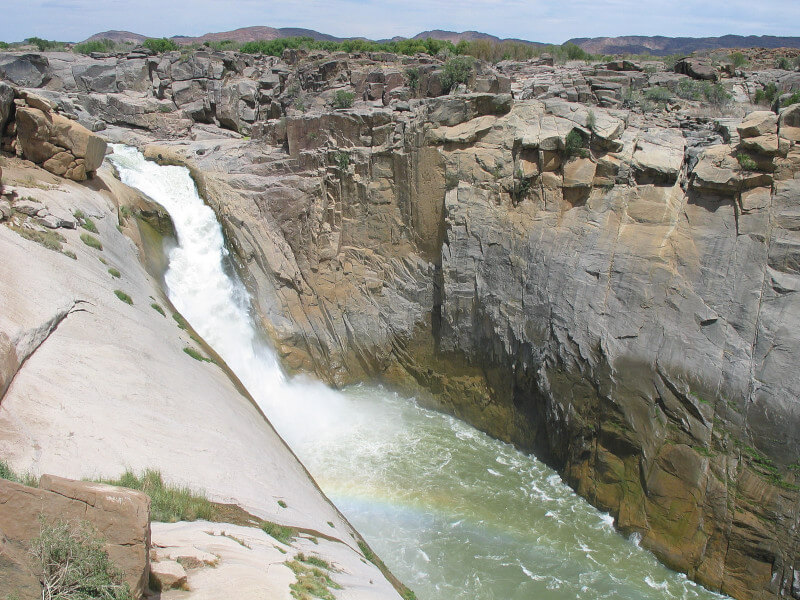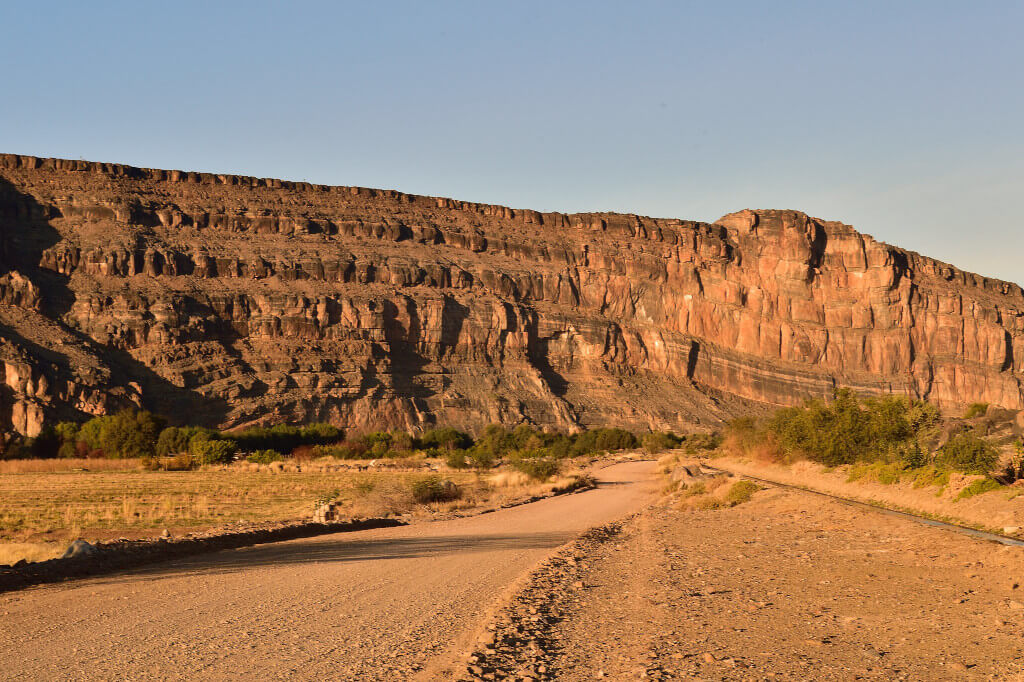The distinctive Northern Cape, which is our country’s largest and most scattered province, is a geographic area that is visited by fewer people than other parts of the country. It is also the region in South Africa with the smallest population, and it is graced with a terrain of spectacular red dunes, South Africa’s longest river, and a multitude of desert miracles, such as vast bedding of stunning wildflowers in full bloom implausibly from the dry sand, twinkling diamonds excavating from the soil, and nature reserves that are as culturally significant as they are ecologically important.
All of these factors combine to make this location an excellent choice for tourists in search of once-in-a-lifetime opportunities that are not easily accessible. In point of fact, because of its enormous size and the dispersed nature of its locations and settlements, it is accurate to say that not a whole lot of it is truly on the established path. An abundant supply of things to see and do worthy of being on a traveler’s bucket list can be found in the Northern Cape. These activities and sights range from those that will leave visitors in awe, such as awe-inspiring outdoor adventures, to those that will leave them in awe, such as epic opportunities to watch wildlife; from lesser touristic cultural gems to the popular spots
Richtersveld Park at the Transfrontier

Richtersveld Transfrontier Park is host to the Richtersveld Cultural and Botanical Landscape, which is recognized by UNESCO. This park is distinguished by its expansive and mountainous desert. It is a location of hardy majesty and extremes, wrapped across a loop of the Orange River, with weather conditions ranging from above 50 degrees Celsius to drops below freezing during the star-bejeweled winter nights.
Consider, for instance, the Plant Life of Richtersveld
The park is home to almost 5,000 plant species, of which a staggering 40 percent are endemic to the area. It’s the only drier biodiversity hotspot on the planet. The halfmensboom, also known as the “half-man” tree, and the poker boom, also known as the “quiver tree,” are two examples of the region’s distinctive plant life. Both of these species were given their names because of their likeness to human beings.
The land in the park is co-managed by local Nama populations as an aspect of the Richtersveld Community Conservancy, and it is inhabited by a variety of rare bird species, elegant klipspringer antelopes, elusive leopards, and wild cats. It is precisely these communities that render Richtersveld such an essential cultural site because the land here supports semi-nomadic, pastoral methods that have been utilized in southern Africa for somewhere in the neighborhood of two millennia now.
Petroglyphs are an important part of the region’s history and can be of great interest to tourists who are also interested in culture. These intriguing geometric etchings can be found on black dolomite rocks throughout the park; however, the area close to the Senderlingsdrift crossing point with Namibia has some of the best examples of these carvings.
In terms of things to do in Richtersveld, social tourism companies provide facilitated hikes along the park’s dedicated trails, and those who are interested in birds will find the Orange River to be an interesting place to visit. Even though the park isn’t as filled with birdlife as other regions of South Africa, over 120 species of birds have been spotted in the park, and relaxing raft trips along the river provide rewarding views of several species in a remarkably short distance.
At the river mouth, for instance, you could see flamingos, spoonbills, little bitterns, white-backed night herons, and Maccoa ducks, whereas the coastal regions offer exhilarating opportunities to spot raptors, upwards of eight species of lark, and numerous other species.
The Well Known Orange River

Continuing with the theme of the Orange River, there is no need for alarm if you are more interested in exciting activities than in observing birds in a calm setting; this area has plenty to offer to satiate the hunger pangs of the most obsessed adrenaline junkie. The shimmering Orange River is supported by verdant banks that provide a striking contrast to the nearby orange plains and escarpments. The river begins its journey near the boundary between South Africa and Lesotho, surges westward toward the Atlantic Ocean, and then flows northward to the border of Namibia and South Africa.
When it involves activities to do along the Orange River, kayaking trips that are half a day long and fun are perfect for people who are new to paddling in wild water; however, at 15 kilometers in length, these trips also provide more seasoned travelers a fairly satisfying time. Some trips last anywhere between five and six days which allows travelers to experience the river’s many curves, turns, and turbulent thrills in their entirety.
These adventures usually involve canoeing and trekking with the additional excitement of camping and cooking over an open fire. They take place in areas with breathtaking mountain scenery, swift-moving rivers, and wild rapids. Having said that, if you’re looking for a bit more luxury, certain trips include stays at some truly remarkable eco camps. Kayaking, on the other hand, tops the list of activities to partake in along the Orange River in the Mojave Desert.
The Orange River is not only one of only two bodies of water in South Africa that have a freshwater fishing population of largemouth yellowfish, but it is also a fantastic destination for anglers to go fishing. It seems to be one of the world’s most picturesque, off-the-beaten-path fishing experiences, and it’s often merged with rafting (because there’s no greater way to get from one location to the next), which is why it’s so popular.
The National Park of the Augrabies Falls

A trip to the powerful Aukoerebis waterfalls in the Augrabies Falls National Park is among the most memorable experiences that can be had in the Northern Cape. This is because the visit is both humbling and exhilarating at the same time. Aukoerebis, which translates to “the place of great noise” in the Khoisan language, is the name given to the largest waterfalls in South Africa. These falls have a drop of approximately sixty meters and produce an ear-piercing, earth-shattering noise.
The Aukoerebis ooze a soul-stirring atmosphere that reaches its zenith during sunset when rays shoot into the gorge’s west-facing aspect, which makes it all the more unnerving that they stand smack-dab in the center of a semi-desert. Visit between March and May if you want to see the river at its fullest flow and have the opportunity to experience the most thrilling rapids.
Encompassing the waterfalls, the land is dry and dotted with many remarkable rocky outcrops, one of which is Moon Rock, a humongous smooth dome that soars from the flat lands like a haunting, ancient spacecraft. In addition to being home to animals such as klipspringers, elands, and springboks, the plains provide an excellent setting for a variety of exciting adventure activities. For example, the Gariep Trail experience includes not only canoeing through a gorge but also hiking and a mountain bike ride that is 11 kilometers long on the way back to camp.
It is recommended that you take a stroll along the Dassie nature trail, which lasts for half a day. The “Augrabies Rush” is undoubtedly one of those experiences that you will talk about for years to come. It consists of maneuvering the growingly swift-flowing river just above falls for eight kilometers on a small raft.

